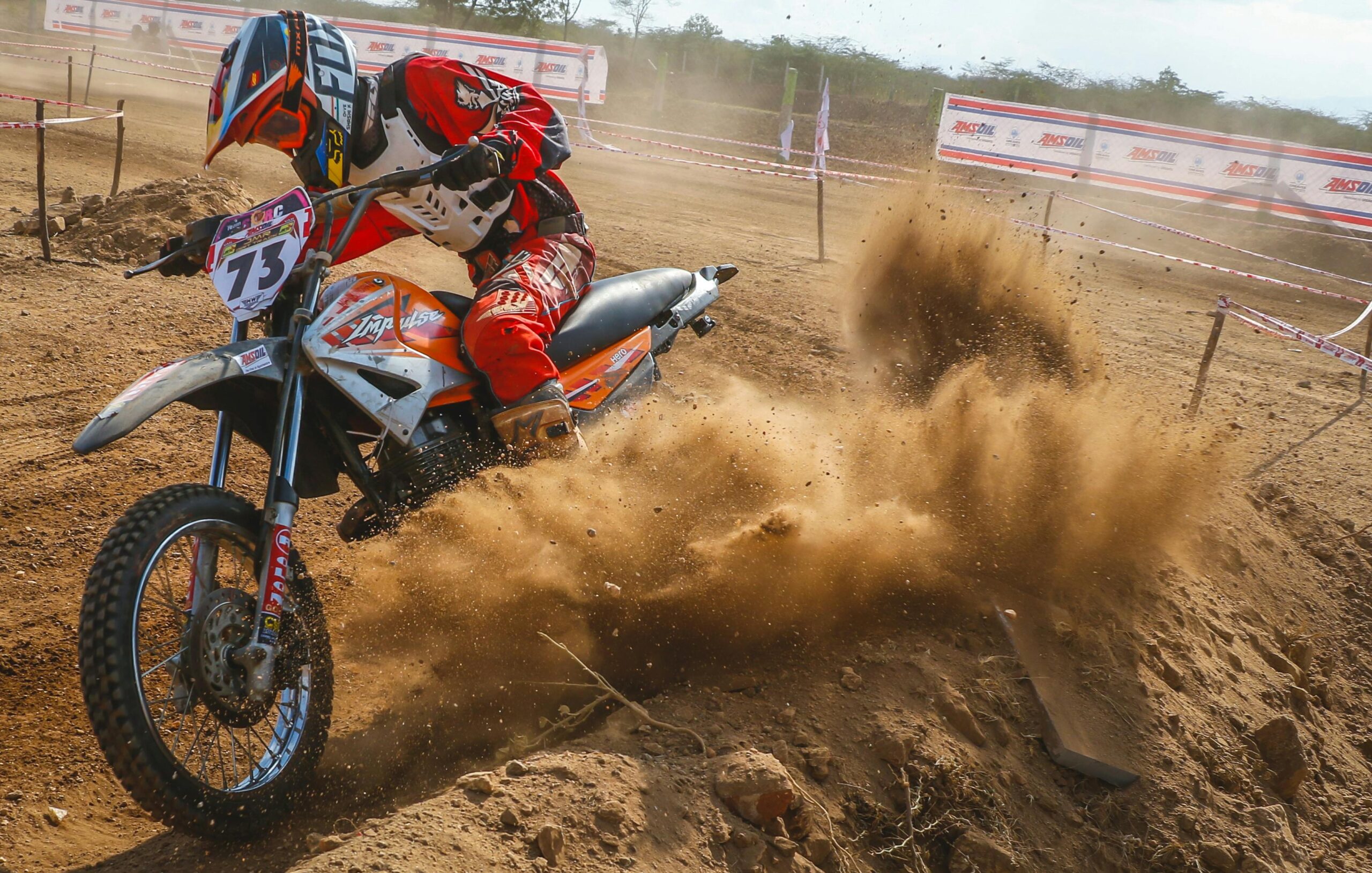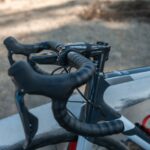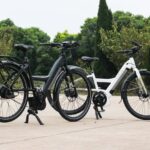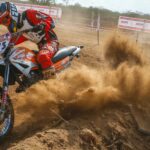Electric dirt bikes have come a long way in recent years, offering impressive speed, power, and performance that rival traditional gas-powered bikes. These eco-friendly alternatives are equipped with electric motors that allow them to reach competitive speeds, making them an exciting choice for riders who want to explore off-road terrains while minimizing their environmental footprint.
Factors Affecting Speed
The speed of an electric dirt bike can vary depending on several factors, including the motor’s power, battery capacity, weight of the bike, and the terrain it’s being ridden on. The motor’s power is typically measured in kilowatts (kW), with higher-power motors resulting in faster speeds. Batteries play a crucial role, not only in determining the range of the bike but also in supporting the bike’s acceleration and top speed. Lighter bikes tend to have better acceleration and top speeds due to reduced weight, while the terrain (such as loose sand or steep inclines) can impact the overall performance of the bike.
Typical Speed Ranges
Electric dirt bikes can reach a wide range of speeds, depending on the model and design. On average, these bikes can reach top speeds between 30 and 90 miles per hour (48-145 kilometers per hour). However, specific models cater to different riding styles and skill levels.
Entry-Level Electric Dirt Bikes
For beginners or those looking for a more casual riding experience, entry-level electric dirt bikes are often designed with moderate power and speed. These bikes typically feature motors ranging from 1 kW to 3 kW and can reach speeds of around 30-40 mph (48-64 km/h). These bikes are ideal for young riders or those who are just getting into the sport. They provide enough speed to enjoy the thrill of off-road riding while still being manageable for beginners.
Mid-Range Electric Dirt Bikes
Mid-range electric dirt bikes, suitable for more experienced riders, tend to have motors ranging from 4 kW to 10 kW. These bikes are capable of reaching speeds between 40-60 mph (64-96 km/h). They offer a balance of power and control, allowing riders to tackle more technical trails and rougher terrain. Mid-range bikes are popular among amateur racers and recreational riders who want more performance without going into the high-end models.
High-End Electric Dirt Bikes
At the top of the spectrum, high-performance electric dirt bikes are designed for competitive riders and professional enthusiasts. These bikes feature powerful motors that can exceed 10 kW and can achieve speeds of 70-90 mph (112-145 km/h). These models are specifically engineered for racing or advanced trail riding, offering exceptional speed, acceleration, and handling. For instance, the Alta Motors Redshift MX, a well-known electric motocross bike, can reach speeds up to 80 mph (129 km/h). These bikes are perfect for those who need top-tier performance for racing or serious off-roading.
Comparisons to Gas-Powered Dirt Bikes
When compared to traditional gas-powered dirt bikes, electric dirt bikes are often seen as slower due to their lower peak power outputs and weight differences. Gas-powered bikes, particularly in the motocross and supercross categories, can easily exceed speeds of 90 mph (145 km/h) and have more extensive ranges on a single tank of fuel. However, the advantages of electric dirt bikes are their instant torque, smooth acceleration, and a quieter riding experience. They also provide excellent throttle control, making it easier for riders to manage their speed and power on technical terrain.
Speed Limitations on Trails and Regulations
In many places, the speed of electric dirt bikes is subject to local laws and regulations. For example, certain trails or off-road areas may impose speed limits to ensure safety and minimize the environmental impact of off-road riding. In competitive settings like motocross events, electric dirt bikes are required to adhere to specific speed and power limitations to create fair competition with gas-powered bikes. As the popularity of electric dirt bikes continues to grow, we can expect more regulations to shape the speed capabilities and usage of these vehicles.
Conclusion
Electric dirt bikes are a great option for riders looking for a combination of speed, power, and sustainability. Depending on the bike’s design and motor size, they can reach speeds ranging from 30 mph for entry-level models to 90 mph for high-performance bikes. With advancements in battery and motor technology, electric dirt bikes continue to improve, offering speeds and handling capabilities that are quickly closing the gap between gas-powered bikes and electric alternatives. Whether for casual fun, off-road racing, or competitive events, electric dirt bikes are fast, fun, and eco-friendly options that offer riders a thrilling off-road experience.










